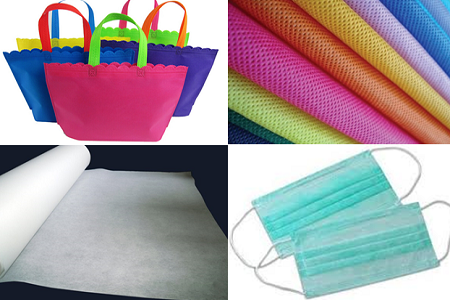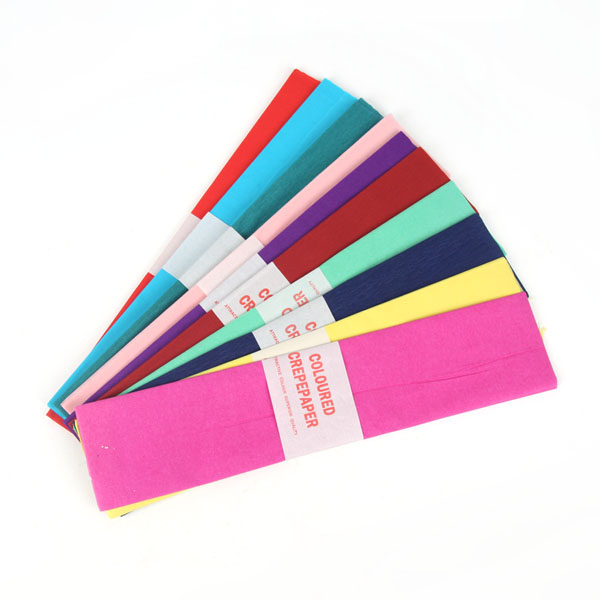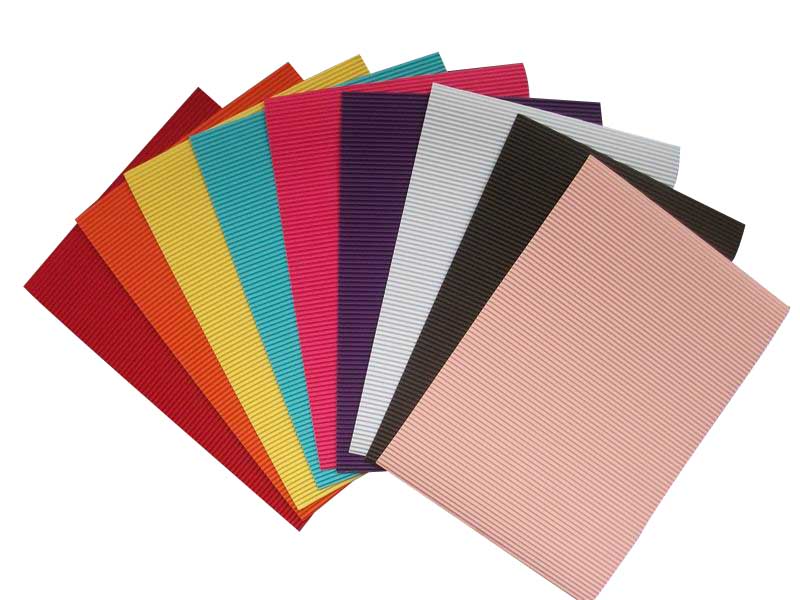The usage of non-woven fabric
Non-woven products are rich in color, bright and beautiful, fashionable and environmentally friendly, widely used, beautiful and elegant, with various patterns and styles, light weight, environmental protection, and recyclability. They are recognized as environmentally friendly products that protect the earth's ecology. Suitable for agricultural film, shoemaking, leather, mattress, quilt, decoration, chemical, printing, automotive, building materials, furniture and other industries, and clothing lining, medical and health disposable surgical gowns, masks, caps, sheets, hotels Disposable tablecloths, beauty, sauna and even today's fashionable gift bags, boutique bags, shopping bags, advertising bags and more. Environmentally friendly products, versatile and economical. Because it looks like a pearl, it is also called a pearl canvas.
The non-woven fabric is made of a chemical fiber and a plant fiber on a wet or dry paper machine under the condition of using water or air as a suspending medium, and is a non-woven fabric although it is a cloth without being woven. Non-woven fabric is a new generation of environmentally friendly materials, which has the advantages of strong strength, breathable waterproof, environmental protection, flexibility, non-toxic and tasteless, and low price. It is a new generation of environmentally friendly materials with water repellent, breathable, flexible, non-combustible, non-toxic, non-irritating and rich colors. If the material is naturally decomposed outside the room, its longest life is only 90 days. It is decomposed within 8 years after being placed indoors. It is non-toxic and harmless when burned, so it does not pollute the environment, so environmental protection comes from this.


1. Non-woven fabrics for medical and sanitary use: surgical gowns, protective clothing, disinfecting wraps, masks, diapers, civilian rags, wipes, wet wipes, magic towels, wipes, beauty products, sanitary napkins, sanitary care Pads, disposable hygiene cloths, etc.
2. Non-woven fabrics for home decoration: wall coverings, tablecloths, bed sheets, bedspreads, etc.
3. Non-woven fabrics for clothing: lining, adhesive lining, flakes, styling cotton, various synthetic leather base fabrics, etc.
4. Industrial non-woven fabrics; base materials for roofing waterproofing membranes and asphalt shingles, reinforcing materials, polishing materials, filter materials, insulating materials, cement packaging bags, geotextiles, coated fabrics, etc.
5. Non-woven fabrics for agriculture: crop protection cloth, nursery cloth, irrigation cloth, heat preservation curtain, etc.
6. Other non-woven fabrics: space cotton, thermal insulation material, oil absorbing color felt, smoke filter, bag tea bag, shoe material, etc.







